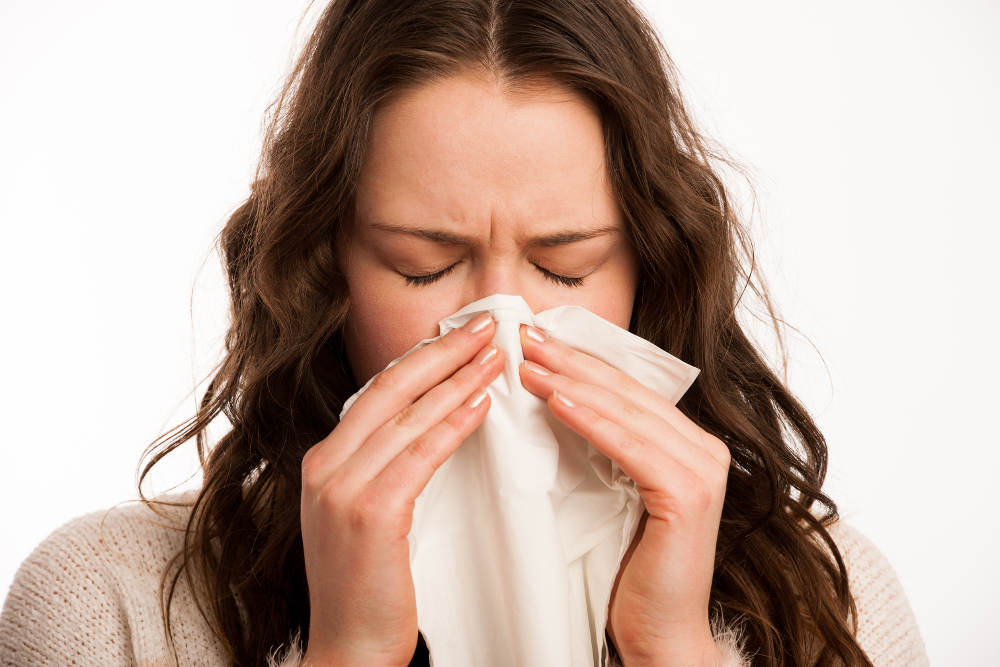
With allergy season nearly upon those who live in California, this is a great time to begin thinking about nasal health. Seasonal allergies are usually not life-threatening but can bring on irritating and life-hampering symptoms, such as a runny nose, congestion, itchy or watery eyes and even headaches. Some individuals may be considering whether a rhinoplasty could help their allergy suffering or how their allergies might affect an upcoming rhinoplasty.
Improving Quality of Life Through Cosmetic Surgery Procedures
Occasionally, individuals may think that they have allergies when in reality they have a sinus problem. This could be caused by a deviated septum, which can be altered with a septoplasty performed by a board-certified cosmetic surgeon. The septum is the tissue that separates the two nasal passages. While almost everyone has one nostril that is slightly larger than the other, a severely deviated septum can affect breathing and cause problems, such as swelling and congestion. A septoplasty can be used instead of a rhinoplasty to change the position of the septum rather than the shape of the nose.
However, nasal allergy sufferers should be sure to share their problems with their cosmetic surgeons prior to undergoing a rhinoplasty. A runny nose, sneezing, and congestion can greatly undermine the healing process since blowing the nose and sneezing can create pressure within the nose and sinuses that can lead to bleeding along the incisions. Many surgeons will have antihistamines prescribed prior to surgery to control allergies; however, patients should be aware that some antihistamines can affect the general anesthesia used during a rhinoplasty. Another option for those who suffer only in the spring and the fall from seasonal allergies is to time a rhinoplasty for a season without allergies, such as the winter or possibly the summer.




